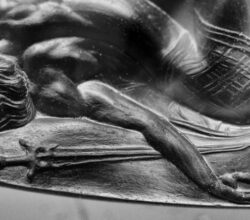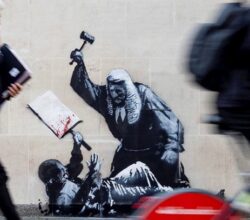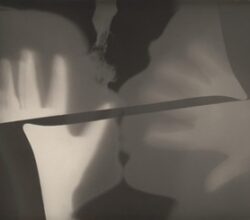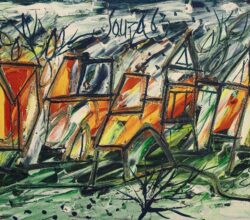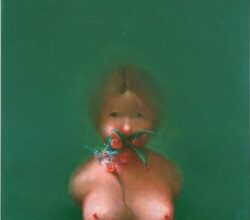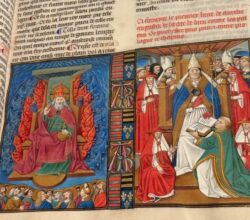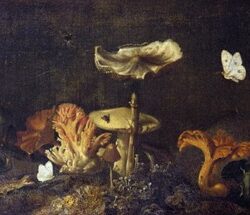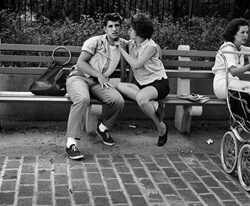
Stephen Shore’s ‘Early Work,’ with Pictures He Shot at Age 13, Is Anything but Amateur
Emmanuel Iduma | Art in America | 5th September 2025
Shore was hugely precocious, photographing New York street scenes when he was 13 and, only a year later, selling some of those images to MoMA. With his instinct for composition, he understood very early that “a camera doesn’t point, it frames”. While still a teenager he spent several years at Warhol’s Factory before moving into then unfashionable colour photography. Even in his 20’s his signature style was clear – “an attentiveness to the American surface”.

